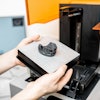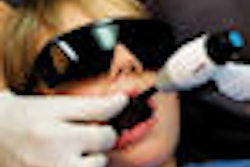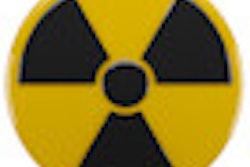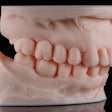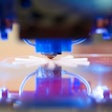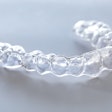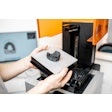Exposure to blue-violet light (400-500 nm) can enhance wound healing in oral and other tissue, according to research being presented this week at the American Association for Dental Research (AADR) meeting in Washington, DC.
Minimal doses of this wavelength of light elicit the production of small amounts of reactive oxygen species and contribute to increased mitochondrial activity and cell growth in epithelial cells, according to lead researcher C. Millan (U.S. Army Dental Corps, Martinez, GA), who will present a poster entitled "A Novel In Vitro Model for Light-Induced Wound Healing."
In this study, Millan and colleagues hypothesize that exposure to blue-violet light may enhance cell growth. To test this hypothesis, they developed a wound healing model that allowed them to monitor cellular responses to a single, small dose of light in cultured cells, according to the AADR.
Normal human epidermal keratinocytes (NHEKs) and human gingival fibroblasts (HGFs) were plated around cloning cylinders. At confluency, the cylinders were removed to create a wound. Cells were treated with a single 5 Joules/cm² light dose delivered by a quartz-tungsten-halogen light source. Mitochondrial succinate dehydrogenase activity was measured via a standard assay, and cell proliferation was assessed using DNA dye. Conditioned media were collected at each time point and used in a growth factor antibody array to compare the secretion products.
The NHEKs responded to blue light exposure by increasing secretion of several growth factors including insulinlike growth factor binding protein-1, amphiregulin, epidermal growth factor, and fibroblast growth factor-b, the researchers noted. Likewise, mitochondrial dehydrogenase activity and cell proliferation were enhanced in the NHEKs. In contrast, the HGFs did not respond to blue light exposure significantly in any of the parameters tested.
These results show that NHEK cells responded robustly to a single, small dose of light by increasing their mitochondrial activity, DNA synthesis, and production of growth factors, the researchers noted. Together, these data suggest that blue light may be useful to enhance epithelial cell growth in a wound site, they concluded.
Copyright © 2010 DrBicuspid.com



